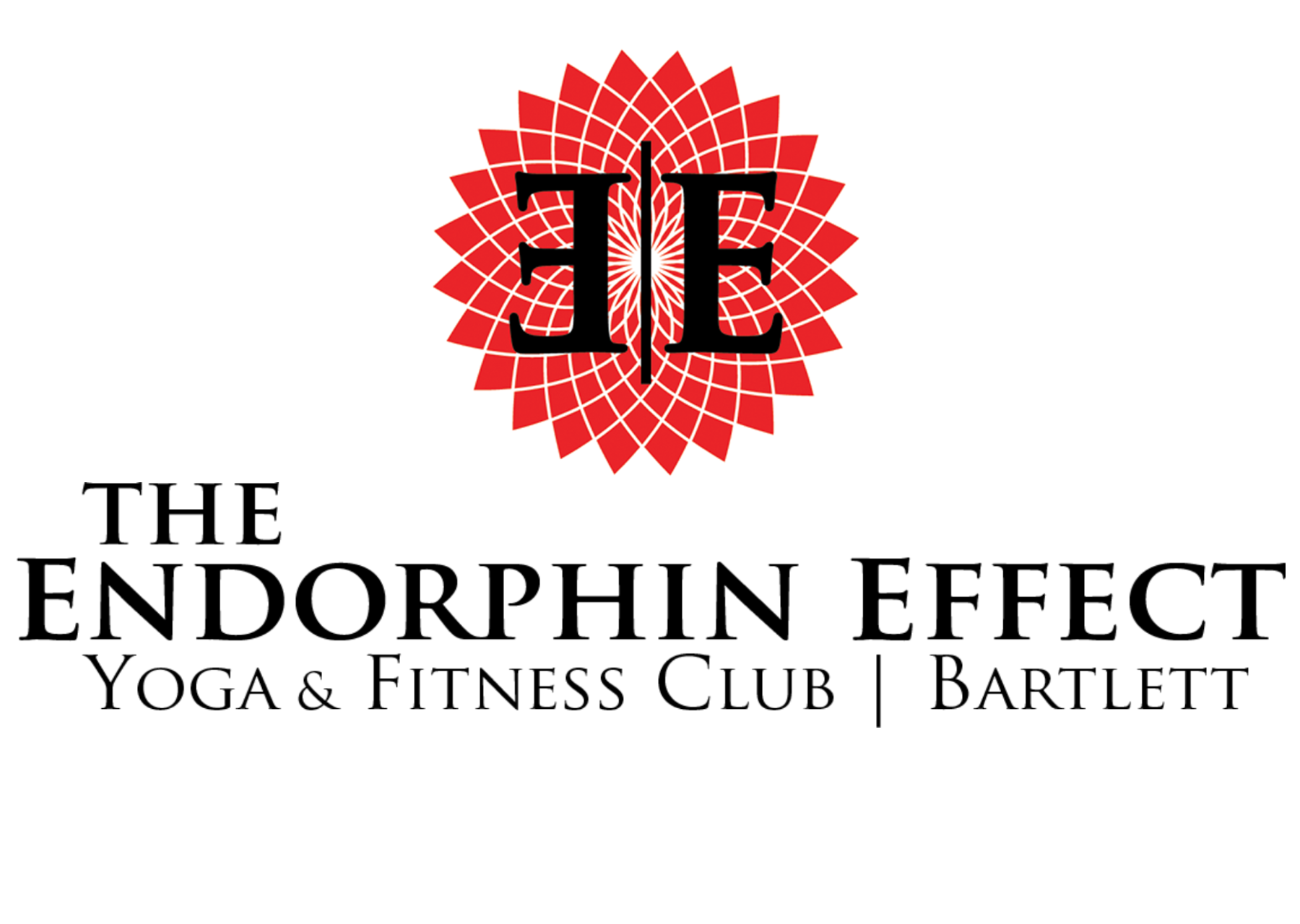It’s become one of the hottest fitness trends around. A 2017 survey conducted by the American College of Sports Medicine found that HIIT was one of the most popular forms of exercise in the country.
While that ranking may peak your interest, you may also be wondering what exactly HIIT is and what makes it so popular. Let’s take a closer look at the training regimen that has fitness addicts buzzing.
Ten Things to Know About…
1.HIIT
Also known as high-intensity interval training, HIIT is a training technique in which you give all-out, one hundred percent effort through quick, intense bursts of exercise. Those fits of all-out energy and effort are followed by short, sometimes active, recovery periods. Experts say this type of training gets and keeps your heart rate up and burns more fat in less time. “A high-intensity workout increases the body’s need for oxygen during the effort and creates an oxygen shortage, causing your body to ask for more oxygen during recovery,” Eric Salvador, NASM, NSCA, head instructor at The Fhitting Room in New York City told Dailyburn.com.
“This afterburn effect is referred to as excess post-exercise oxygen consumption (EPOC) and is the reason why intense exercise will help burn more fat and calories than regular aerobic and steady-state workouts.”
2. Intensity is Key
The whole point of high-intensity training is to kick up the intensity of your cardio. In order to qualify as true HIIT, you’ll need to push yourself to the max during every set. That’s why they’re short—anywhere from 20 to 90 seconds, typically. It’s the opposite of going for a long run in which you ration your energy in order to sustain the activity for longer
3. HIIT can Increase Metabolism
Numerous studies have shown that working your hardest is key when it comes to increasing metabolism, regulating insulin levels, and losing body fat. The intensity can help speed up your metabolic rate and “translate into a metabolism boost for up to 48 hours after a complete HIIT route,” Salvador told the website
4. HIIT can Build Muscle
Compared to many other cardio workouts, HIIT can be a more effective way of getting shredded faster. Fitness expert and celebrity trainer Rob Sulaver recently told Self.com that HIIT routines that involve bodyweight work, such as push-ups or added weight help tone muscles while spiking your heart rate and serve as a great complement to your strength development

5. No Equipment Necessary
No dumbbells? No problem! HIIT workouts generally use only your body weight, since the focus is on getting your heart rate up and keeping it there. These workouts result in “optimal muscle building and muscle retention coupled with fat loss and increased calorie burn,” Salvador told the website
6. Scaling
The level of intensity required for HIIT can take a little getting used to. To help gauge whether you’re working hard enough, many fitness experts rely on a rate of perceived exertion (RPE) scale to describe effort levels on a spectrum of 1 to 10, with 10 being an all-out, 100-percent level of intensity. “Work intervals during a HIIT session should be at near maximum (e.g. 9),” said Franci Cohen, personal trainer and exercise physiologist
7. Calorie Burning
Working harder = higher oxygen intake = greater calorie burn. HIIT will help you burn more calories both during and after your workout thanks to post-exercise exercise oxygen consumption, or EPOC. Studies have shown that high-intensity cardio —the kind that leaves you out of breath—raises your metabolic rate to the point where you continue to burn calories even after the session ends—as much as six to fifteen percent more
8. Simple Sweating
While you could easily get your fill of HIIT training at a fitness center or yoga studio, it can be done practically anywhere! Whether you’re stuck at home on a rainy or snowy day, on a business trip and cooped up in your hotel room or relaxing at a local beach, HIIT training can take just 30 minutes and leave you feeling energized and satisfied when it comes to your fitness goals

9. Avoid Overkill
Exerting too much effort too often will prevent you from working at your true maximum capacity during each session, explained Cohen, so don’t schedule a HIIT session every day of the week. A better approach? “Try HIIT three times per week with another two days of moderate cardio,” Cohen said
10. HIIT Won’t Heal All
If weight loss is your personal goal, the old saying that you can’t out-train a bad diet is true, even if your workouts are super demanding. HIIT isn’t an excuse to neglect your diet, so experts stress to keep it clean, calculate your daily calorie needs and plan your carbs around your workouts. When you incorporate effective HIIT training into your exercise regimen and keep your diet in check, that’s when you can really see results

